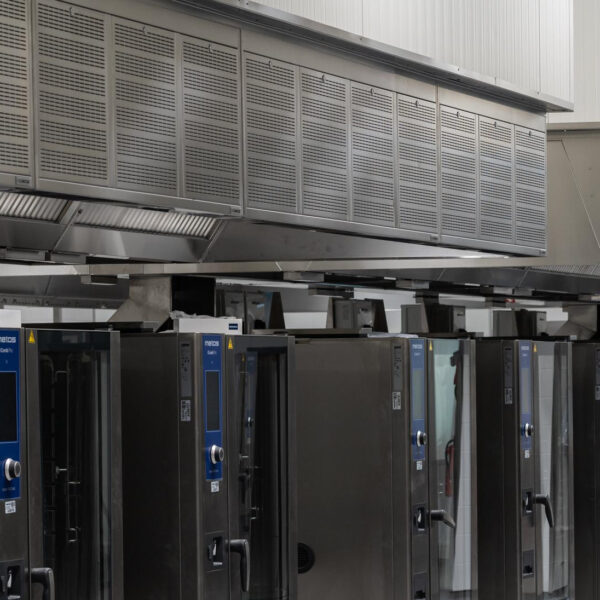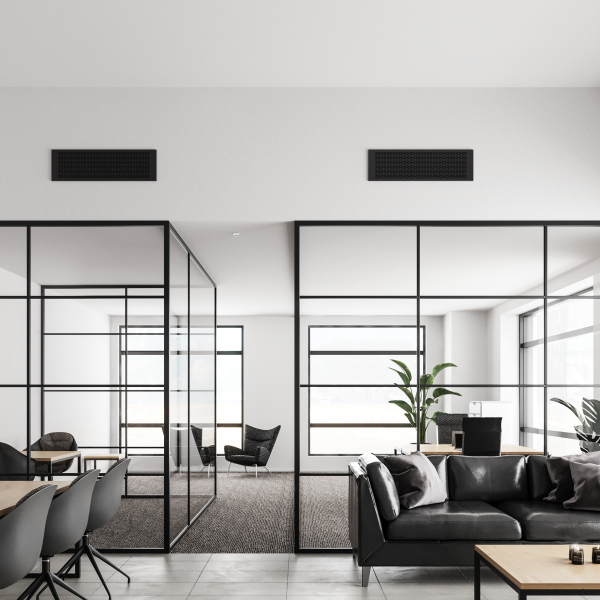Almost half of Finland’s nature types and more than one in ten animal species are endangered, according to the government’s program. This is too much. The national targets for 2035 carbon-neutral Finland cover sub-targets for, among other things, the reduction of carbon dioxide emissions and aim to safeguard biodiversity. At Climecon we put our cards in the pile for common goals along with other environmentally conscious organizations.
Sustainability is a prerequisite for profitable business
Several actors, companies, and municipalities are already involved in reducing emissions. If environmentally sustainable activities were once seen as marginal means of differentiation, they are now considered a prerequisite for any company to operate. In addition, the right direction in the shift of attitudes is indicated by how responsible and sustainable operations are required from partners, subcontractors, and employers, among others – and from us too.
The merit of a carbon-neutral company has not gone unnoticed by our customers or partners. “Perhaps the most memorable comment has been how we are seen as a real trendsetter, since we have already done what many companies say they will do by 2030, for example,” Tommi Uksila, CEO of Climecon sums up. He continues, “I can be pleased that my company is a leader in this topic.”
International classification guides our carbon neutrality work
Our carbon neutrality calculations are based on the internationally used GHG protocol, which provides a framework for calculating CO2 emissions and mitigation measures for various organizations, companies, and cities. We are carbon neutral in terms of direct emissions from our operations, such as emissions from the direct purchase of energy and raw materials we use. In addition to these, we are also carbon neutral in our business activities related to transportation, business travel, and waste management.
This year, in the first quarter, we have offset our emissions to the full extent which we are able to eliminate them ourselves. We are also committed to offsetting emissions from our operations for the remaining year. In addition, we will reduce our emissions this year by, among other things, investing in a solar power plant at our Kausala factory. Our goal is to produce up to 10% of the electricity consumed at the factory with the solar power plant.
Compensation aims to increase the Earth’s carbon sinks
Our compensation is directed at the Kariba Forest Protection project, which aims at sustainable forest management and regional development in Zimbabwe’s rainforests, which have enormous carbon sequestration potential. The project is one of few VSC-certified sites and we saw a lot of effort in searching for a suitable compensation site and in finding one that would have a real impact.


